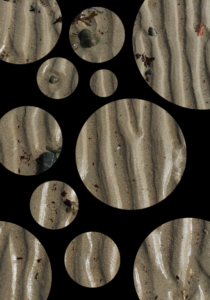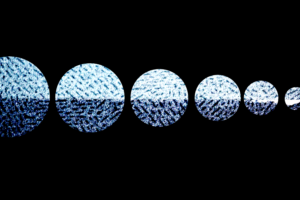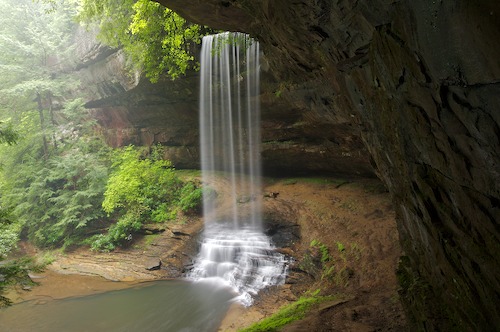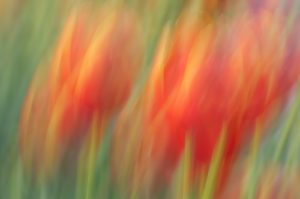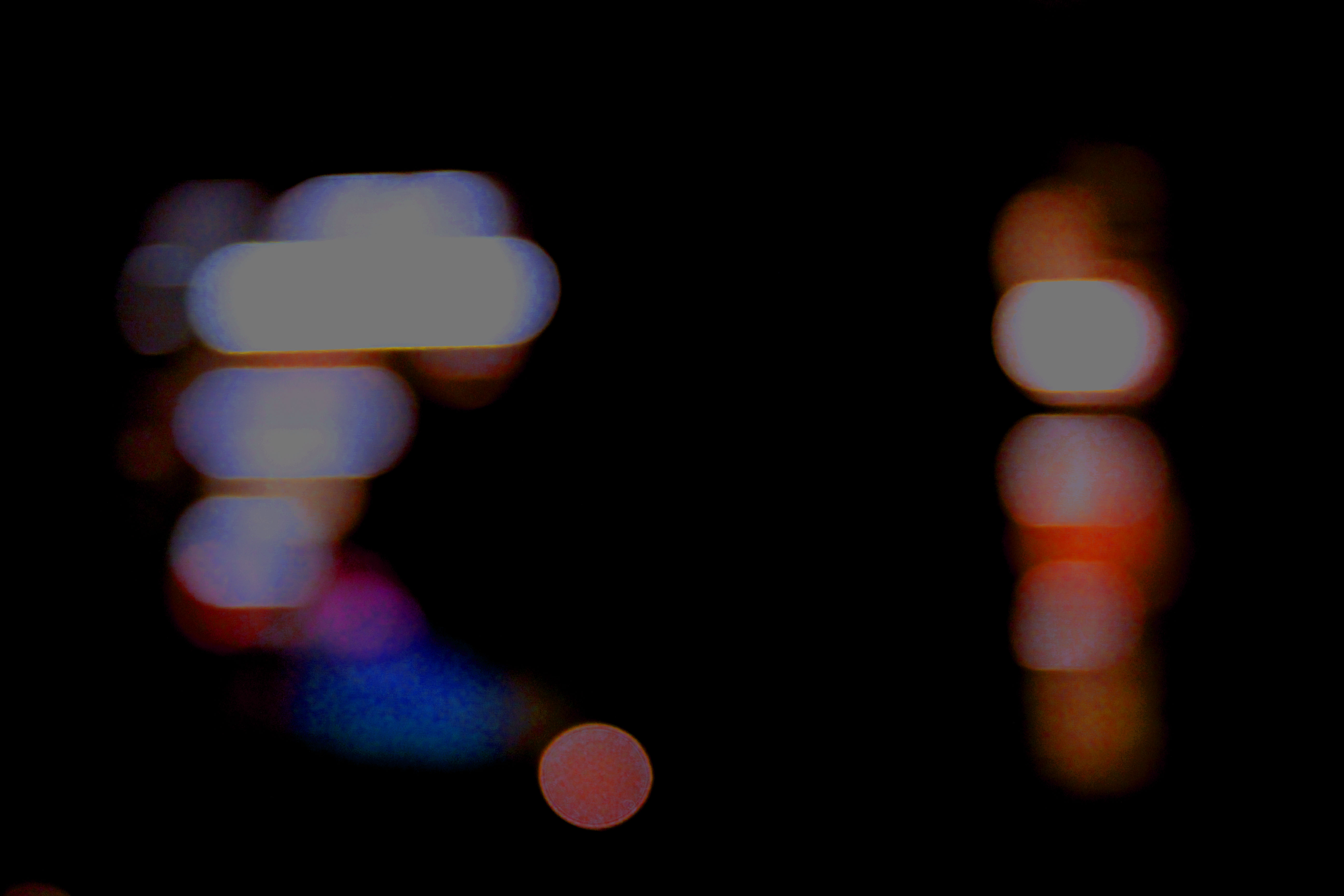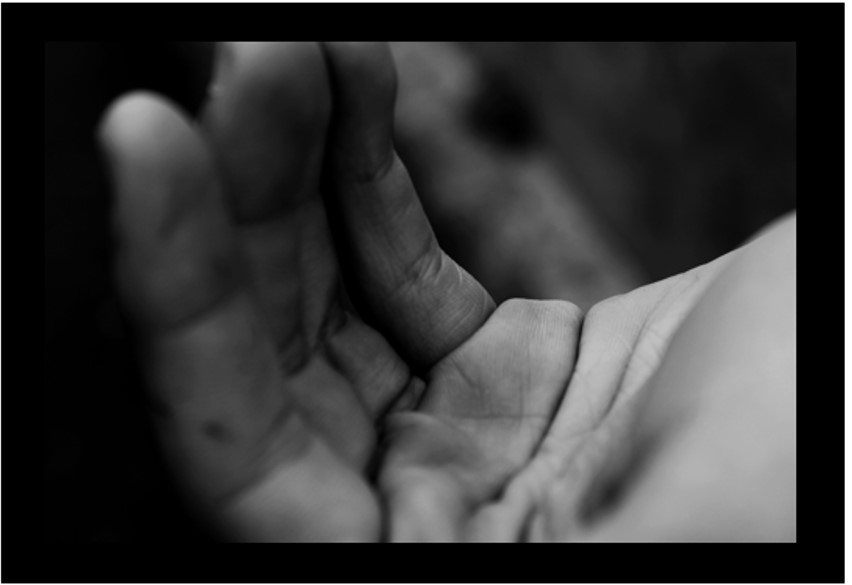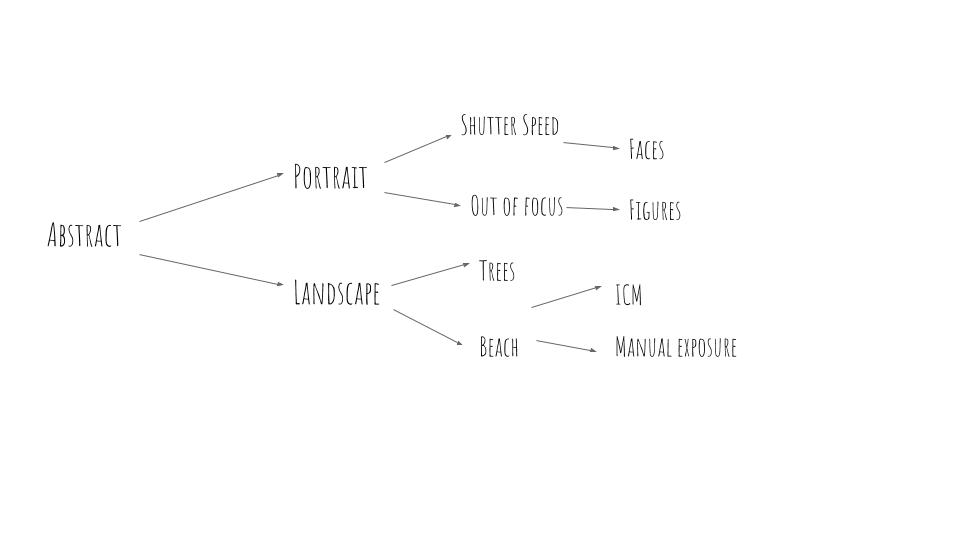Edgar Martins
He was a Portuguese photographer who is currently living in the United Kingdom. He was born in 1977 in a small town area called Évora, although Martins grew up in China. However Edgar doesn’t just base all his creativity in the photographic area but he has also published a hand full of books in which he has won a variety of awards for. Martins has work exhibited in various places around the world from Portugal to places like Dubai. Not only that but Martins was considered by the UK and the US as one of the most influential artists for this generation. Not only has his work inspired our first project for photography but having looked at my new images and my now edited images there are some obvious changes in terms of contrast and the shadowing I have added to the photo to make it similar to Martin’s developments.
His images is part of a series of work inspired by the writing and sending of letters, the power and intimacy of a letter. Martins has recently won various awards for his minimal, direct and stylish approach. it is pretty evident that Martins puts a lot of thought into his images as not many artists have had the same approach as he had.
Edgar photographed paper. There is a stillness to his images that belies the fact they may have been written as suicide notes, used to communicate between prison inmates and loved ones. Martins spent time working with court, prison and parole officials and indeed, prisoners in Portugal.
Here are just some of my favourite examples of his work.
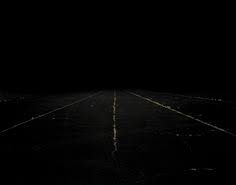
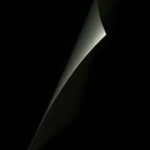
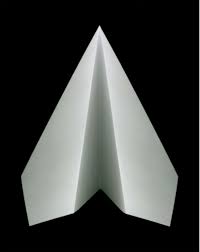
I like these images due to the contrast of lights and darks and how in the second image of the paper there is a real sharpness and contrast on how the black background sits below the white piece of paper. For me this is really eye-catching as the focus is quite vastly spread amongst the image but immediately only draws attention to the white area.
My paper photographs were not as professional as Edgar’s but there was a thought process. Here are some of my examples before I even edited them slightly.  This image was not the first set a paper photographing I did but the second. I chose to edit this image as its one that looks quite similar in terms of Edgars images .
This image was not the first set a paper photographing I did but the second. I chose to edit this image as its one that looks quite similar in terms of Edgars images .
Here I’ve changed the image lighting and added a lot of heavy shading. I’ve edited this image by adjusting the tone, brightness,exposure,contrast and black point.
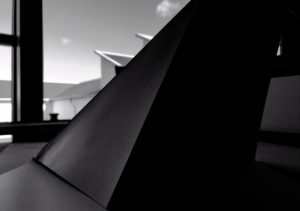

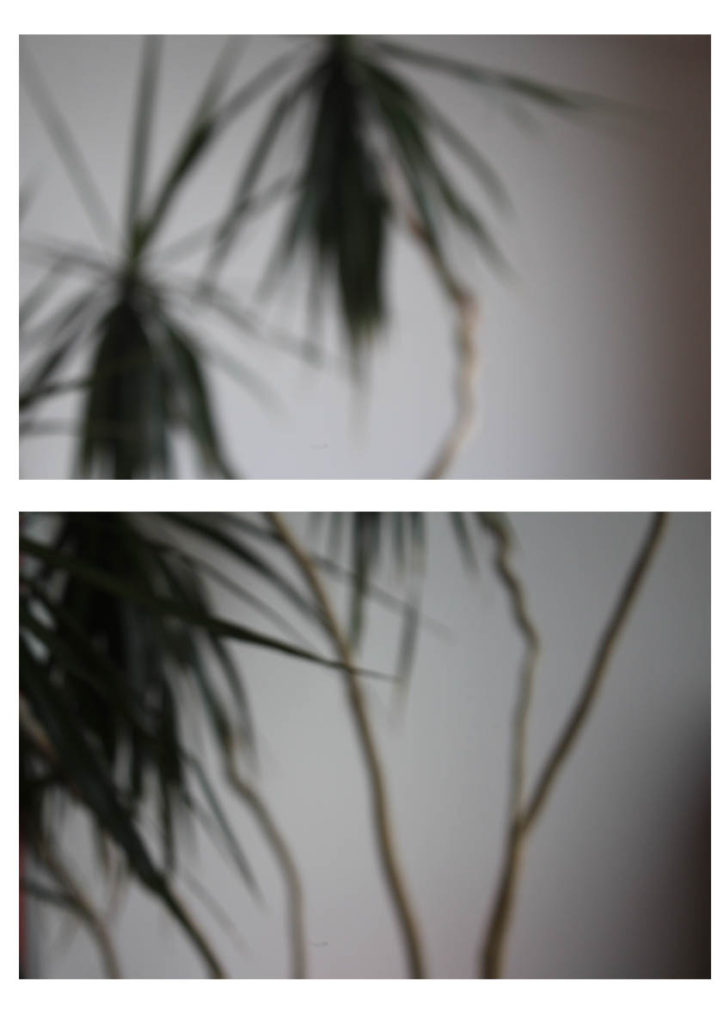

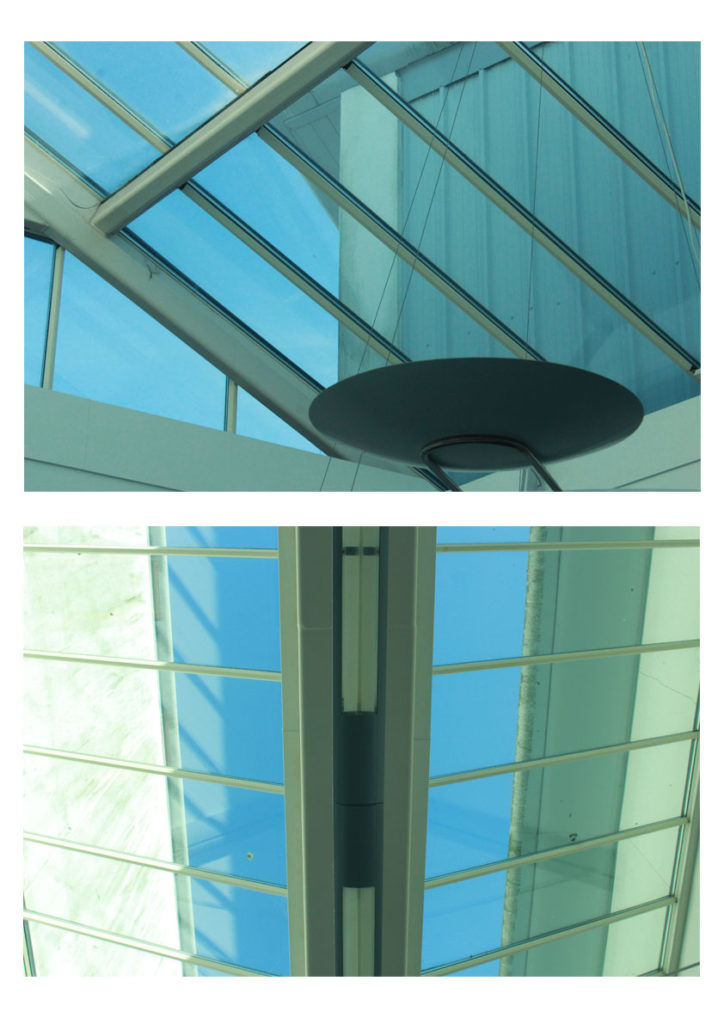


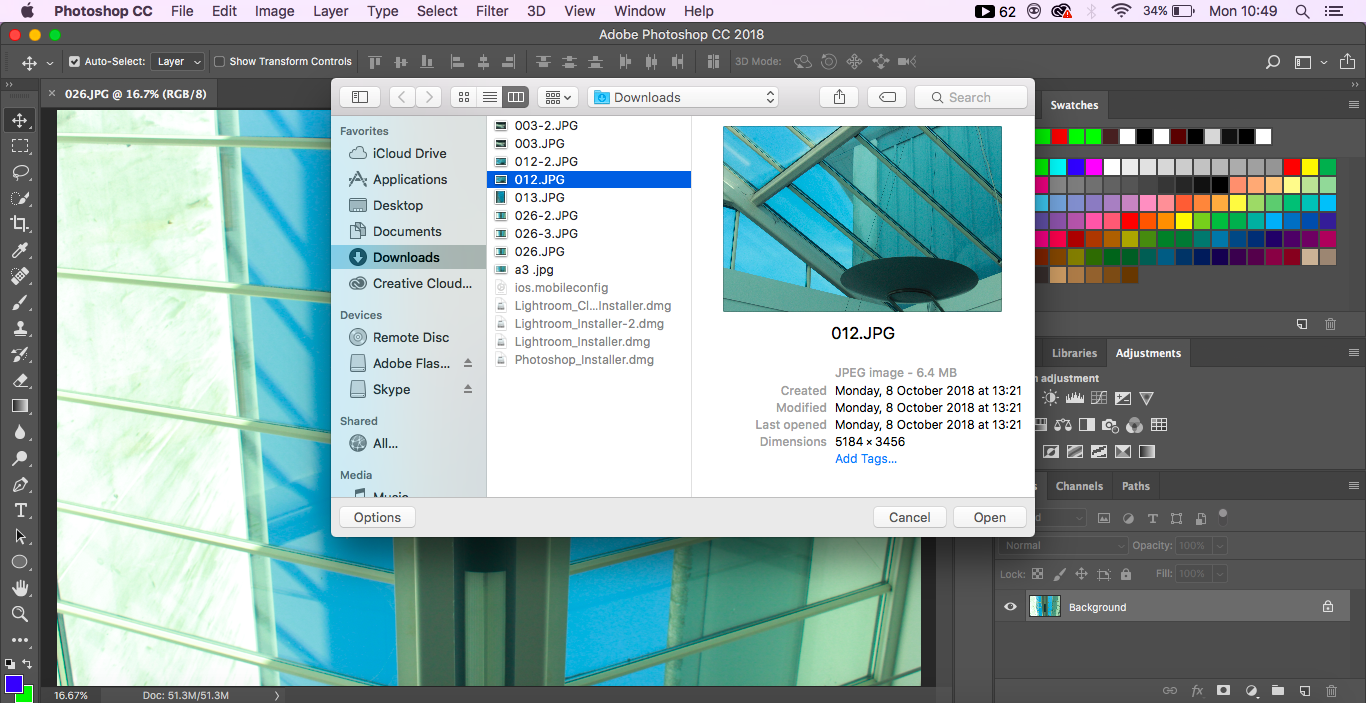
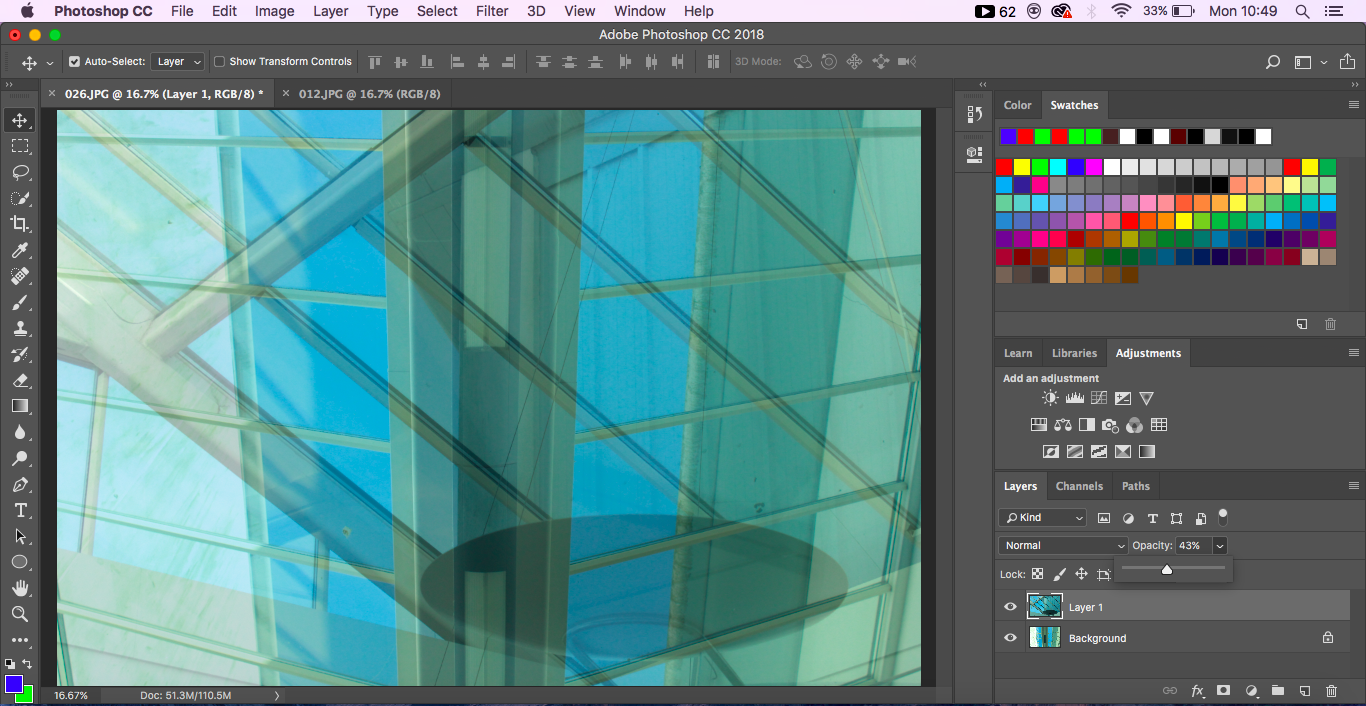
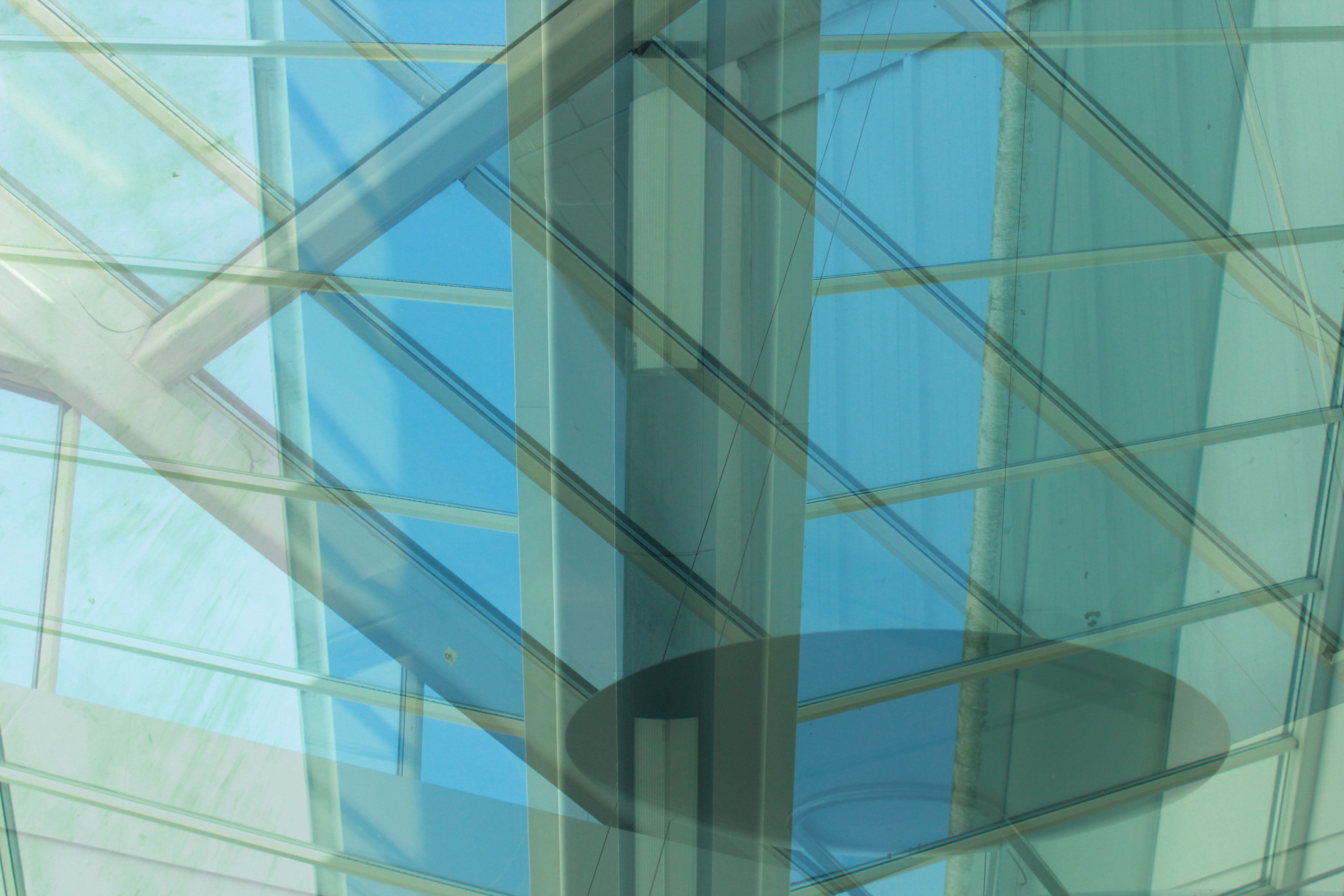
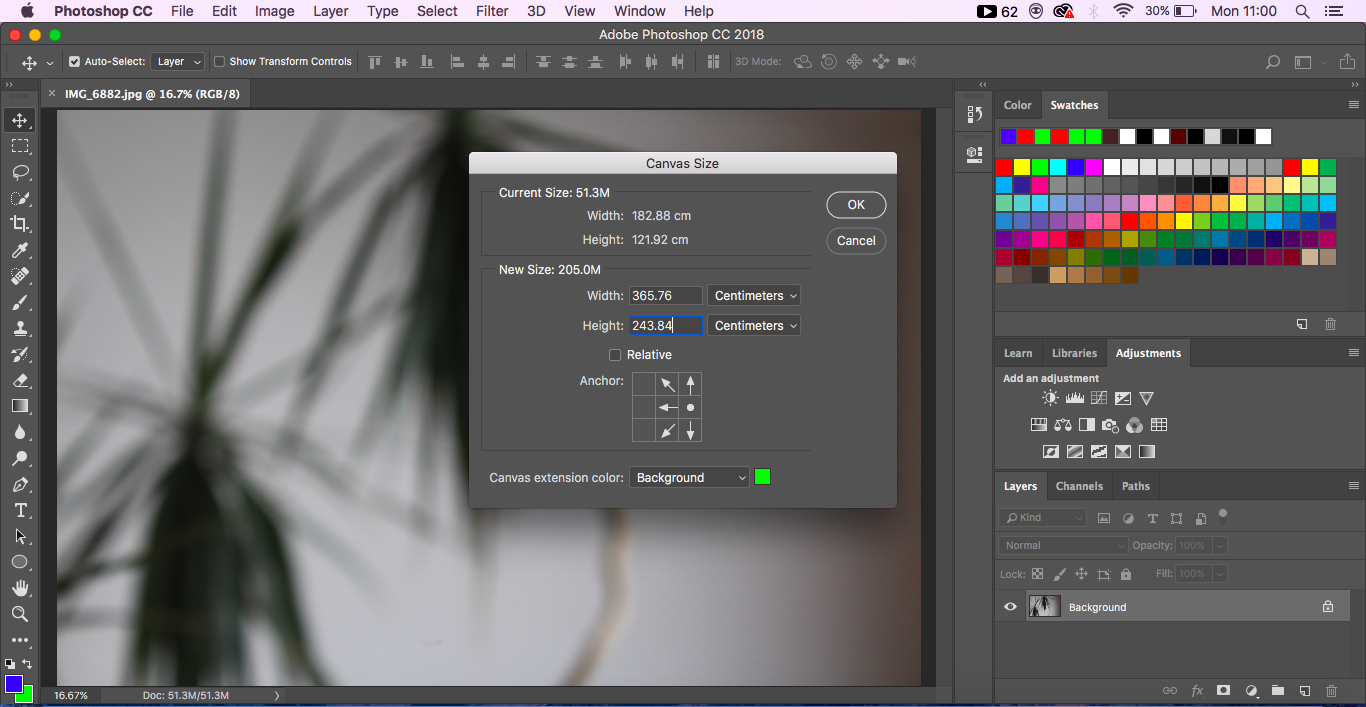
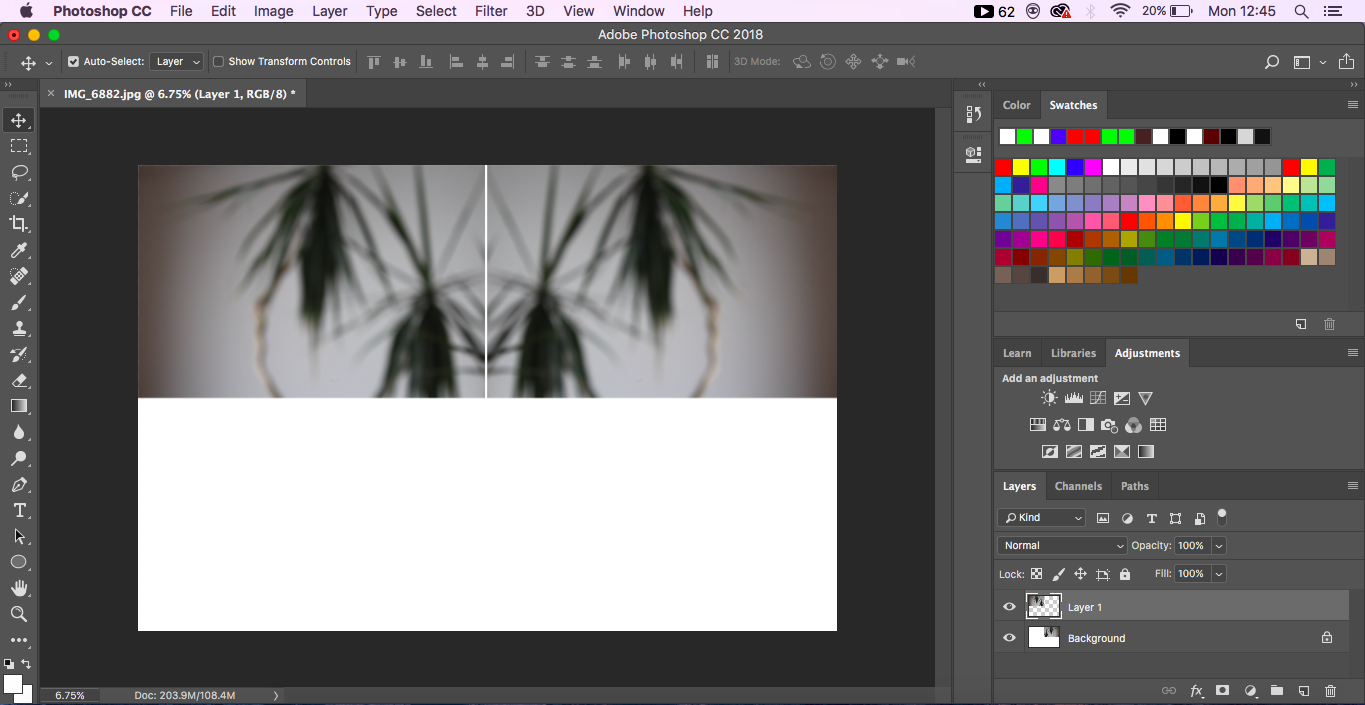






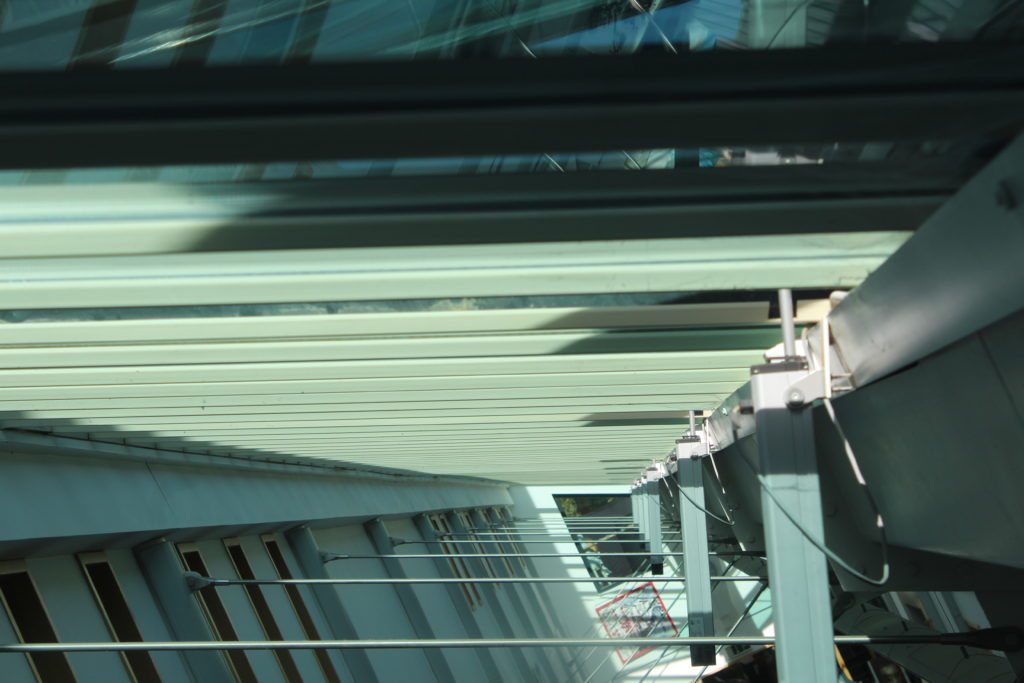

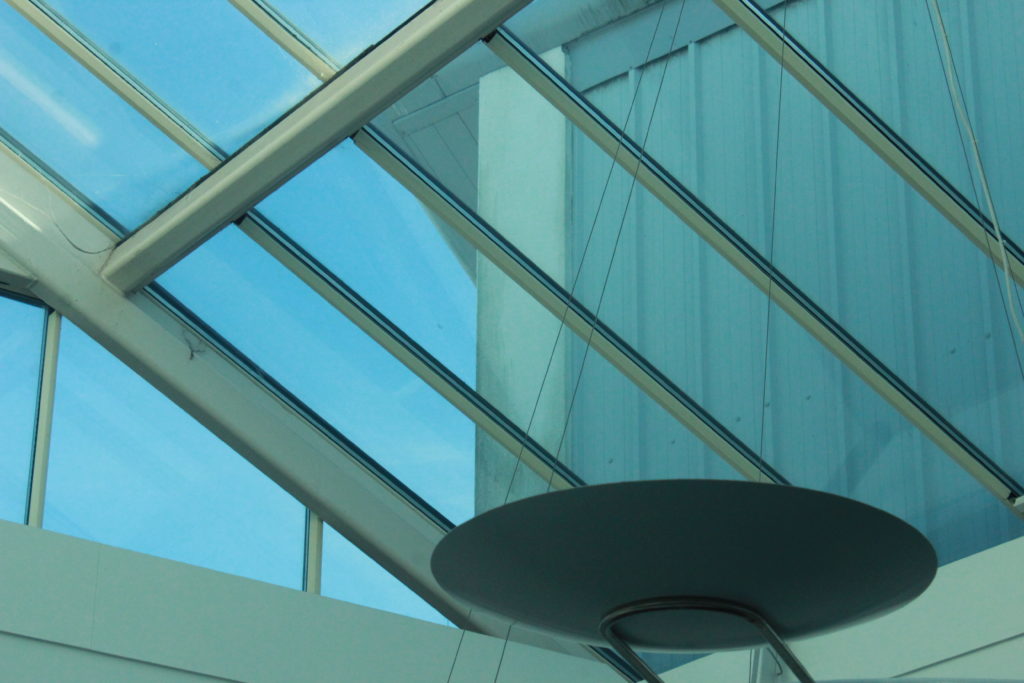



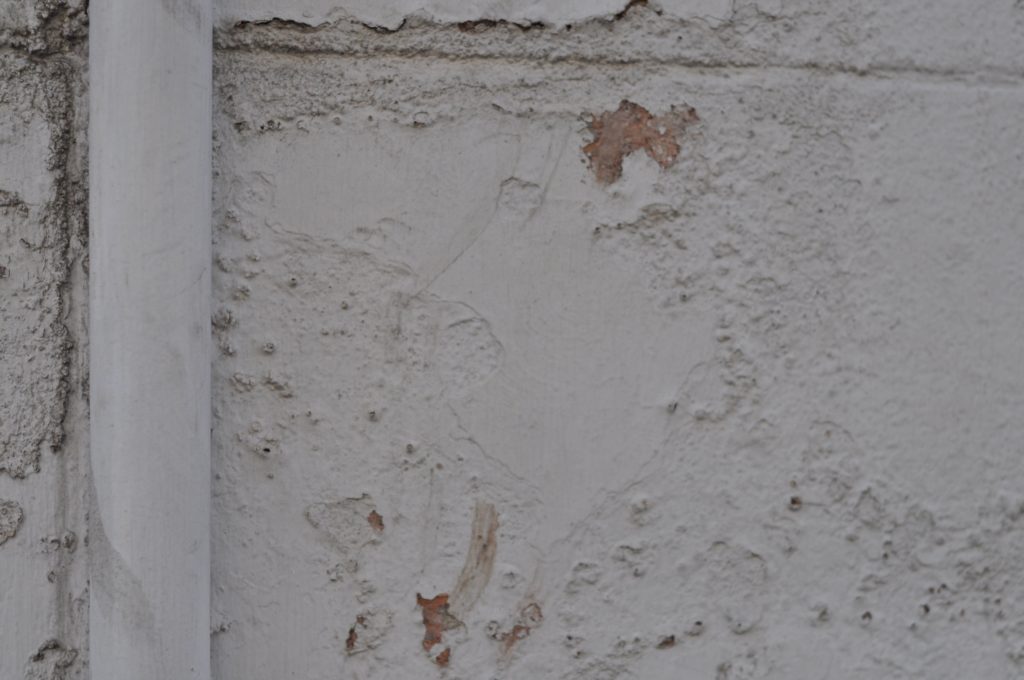




 I then went and got the rubber tool, adjusted the edge to what I wanted and used the ‘[‘ and ‘]’ button to change the size of the circle, and then and started to erase parts of the top layer.
I then went and got the rubber tool, adjusted the edge to what I wanted and used the ‘[‘ and ‘]’ button to change the size of the circle, and then and started to erase parts of the top layer.
